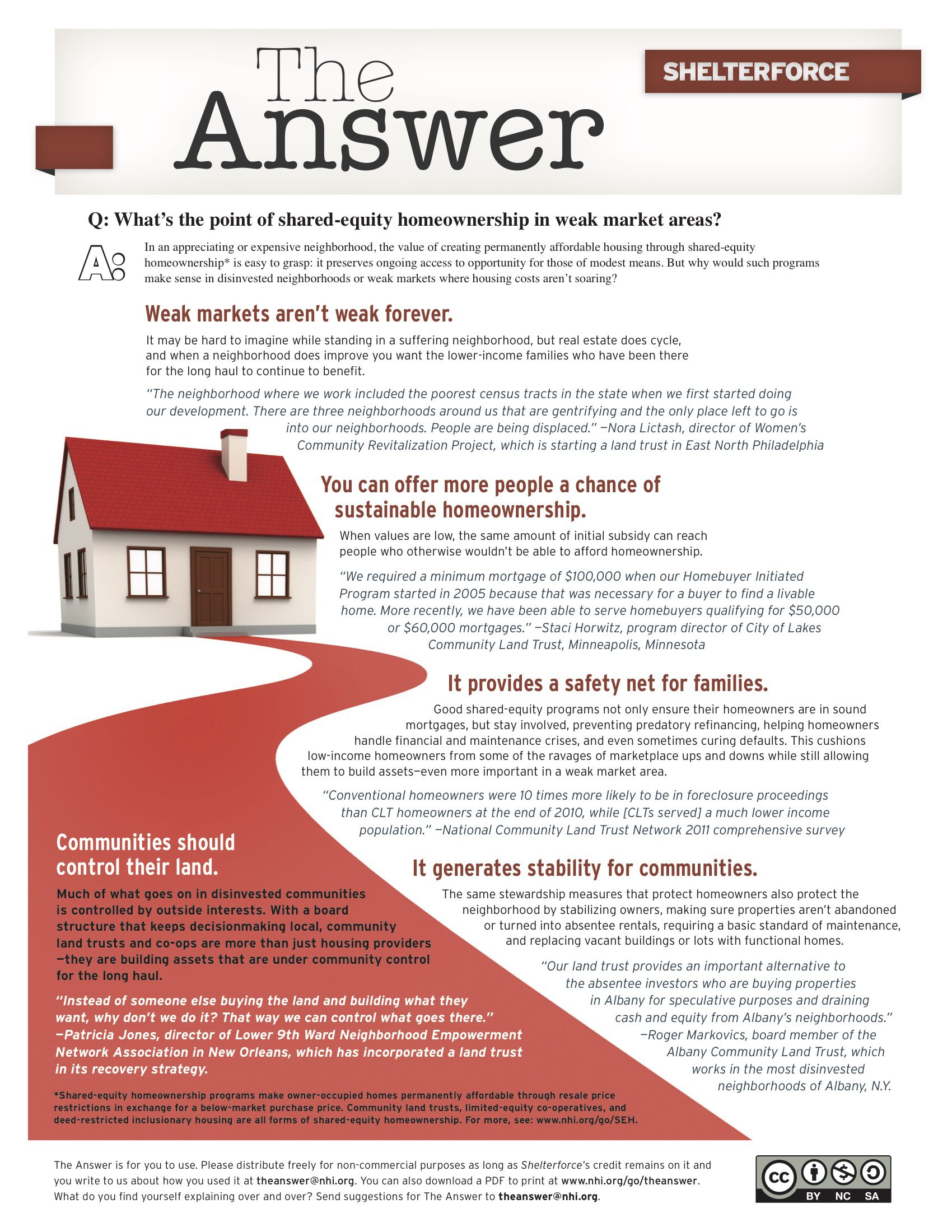Several years ago, the family-owned florist two buildings down from my house closed. There was great consternation in the neighborhood about what would happen to the building, which turned out to have some structural damage from years of water seeping into the floor. The small red and white cottage sits on a decently sized corner lot, and rumors flew for a while that it was being looked at by drive-through restaurant chains like Sizzlers, which struck fear in the hearts of my neighbors. We were incredibly relieved when it became instead a locally-owned branch of the gourmet ice cream shop Emack and Bolio’s.
At first this was mostly the feeling of dodging a bullet. But after they opened, we began to realize what a treasure we had. It wasn’t that access to expensive ice cream was so miraculous. It was the yard. The property has a large picket-fenced yard, right in the heart of our walkable commercial strip. It has stairs to the side door of the neighboring restaurant on one side, a door in the back to the shop that the Emack owners rent to a mosaic artist, and a simple stage for live music on all summer weekend nights. Full of tables near the front fence, with a lawn behind, it is an absolutely perfect place to gather for children’s birthday parties, after story time at the library a block away, after the last soccer game of the season, or to meet a friend for lunch. My children and their neighborhood friends feel like they own it (which can be good or bad; we spend a lot of time getting them to put the gravel back where they found it), and most times we show up we can be guaranteed to find someone else we know there, or at least walking by on the street, to say hi to.
In that yard, I have conducted interviews, signed political petitions, been part of planning for neighborhood events, and met new people.
We are lucky to have such a place — and others like it, from cafés to the green space around our new library branch to our weekly farmers’ market. And I was surprised to find that I couldn’t have told you just how important such places were to my feeling of community and my daily life until I had them. I would have to go back to college to remember living in a place where I could so readily head out my door and find a social place to be.
One of the things that strikes me about this issue of Shelterforce, which focuses on what planners call “third places” — those spots that are neither home nor work, where a community gathers — is how full of rich stories of place it is. Partly we went looking for that, but partly we couldn’t have held it back if we’d wanted to. Though many topics we cover tend to fall quickly into numbers and policy details, while we gently prod for more examples and anecdotes, it seems that third places are their stories.
Stories are their common thread, what makes them a third place rather than merely a store or an institution. Not every place the public is allowed to go becomes a third place. And yet the ones that do are otherwise so diverse — a private restaurant or barbershop, a library, a park or playground or school yard, a community garden or farm, a stoop or stretch of sidewalk where kids are allowed to congregate, a recurring event like a market or a fair.
Our relationships to them vary as well. Some are publicly owned and we advocate for them, clean them up, try to protect or enhance them. Some we create, as groups of residents or as community developers, on empty public land or as part of another development project. Some are privately owned, and so, as the participants in our roundtable discuss, roles for community support may look different, from financing to institutional patronage to partnering on events or art projects.
Talking about third places in low-income and disinvested areas raises many questions: How do you balance spontaneity and nurturance? Safety and inclusivity? Creative placemaking that attracts new people with preventing displacement of current neighbors? In this issue we start to take a look at these questions, but there is a lot more to be said, and we will keep returning to this topic in the months ahead. Please send us your stories about third places in the neighborhoods where you work, and we’ll pick some to feature on our blog in connection with this issue.




Comments